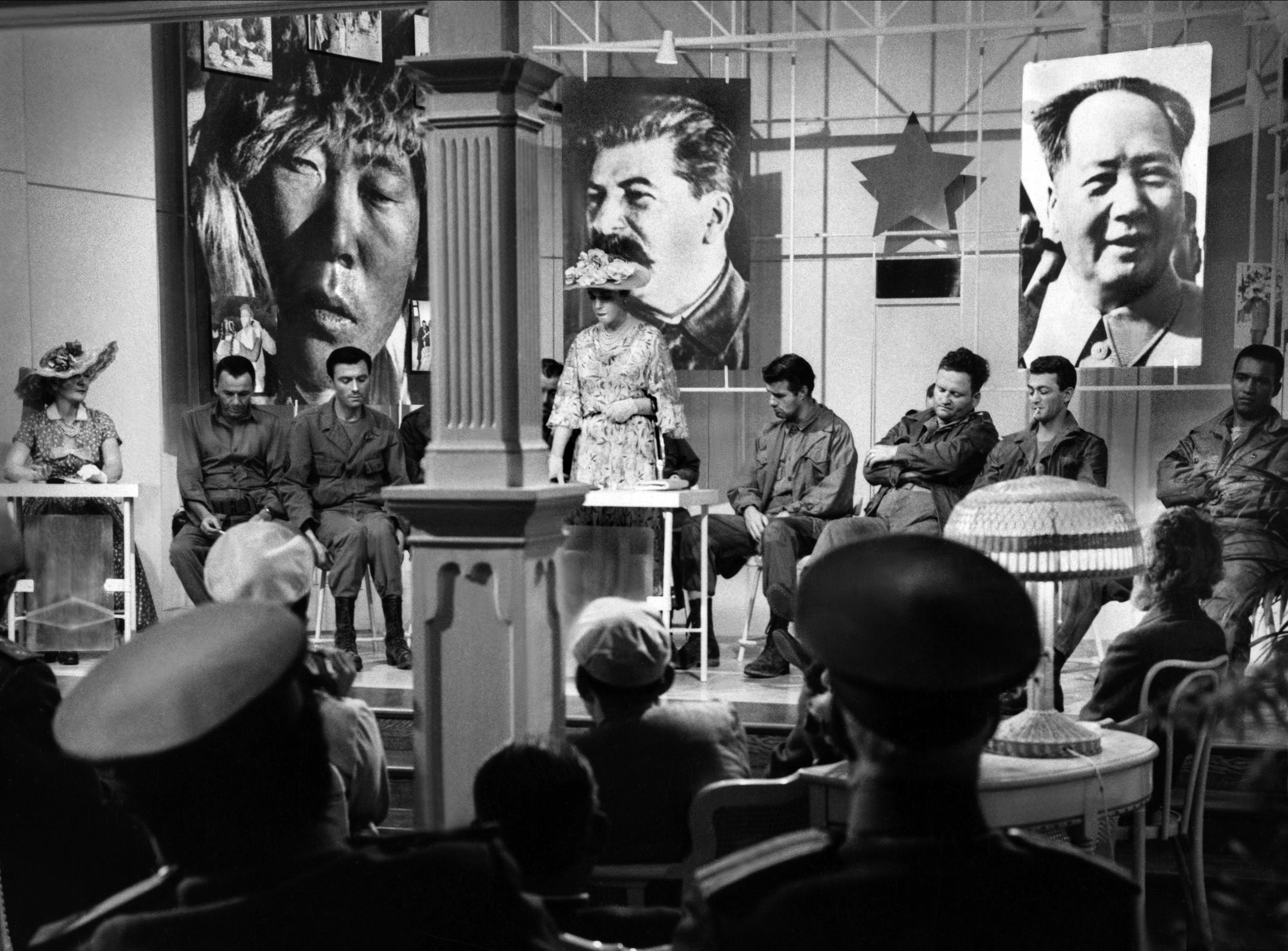
[ad_1]
Over the following years, in the wake of the Korean War, “brainwashing” grew into a catchall explanation for any kind of radical or nonconformist behavior in the United States. Social scientists and politicians alike latched onto the idea. The Dutch psychologist Joost Meerloo warned that television was a brainwashing machine, for example, and the anticommunist educator J. Merrill Root claimed that high schools brainwashed kids into being weak-willed and vulnerable to communist influence. Meanwhile, popular movies like 1962’s The Manchurian Candidate, starring Frank Sinatra, offered thrilling tales of Chinese communists whose advanced psychological techniques turned unsuspecting American POWs into assassins.
For the military and intelligence communities, mind control hovered between myth and science. Nowhere is this more obvious than in the peculiar case of an anonymously published 1955 pamphlet called Brain-Washing: A Synthesis of the Russian Textbook on Psychopolitics, which purported to be a translation of work by the Soviet secret-police chief Lavrentiy Beria. Full of wild claims about how the Soviets used psychology and drugs to control the masses, the pamphlet has a peculiar section devoted to the ways that Dianetics—a pseudoscience invented by the founder of Scientology, L. Ron Hubbard—could prevent brainwashing. As a result, it is widely believed that Hubbard himself wrote the pamphlet as black propaganda, or propaganda that masquerades as something produced by a foreign adversary.

ALAMY
Still, US officials apparently took it seriously. David Seed, a cultural studies scholar at the University of Liverpool, plumbed the National Security Council papers at the Dwight D. Eisenhower Library, where he discovered that the NSC’s Operations Coordinating Board had analyzed the pamphlet as part of an investigation into enemy capabilities. A member of the board wrote that it might be “fake” but contained so much accurate information that it was clearly written by “experts.” When it came to brainwashing, government operatives made almost no distinction between black propaganda and so-called expertise.
This gobbledygook may also have struck the NSC investigator as legitimate because Hubbard borrowed lingo from the same sources as many scientists of the era. Hubbard chose the name Dianetics, for instance, specifically to evoke the computer scientist Norbert Wiener’s idea of cybernetics, an influential theory about information control systems that heavily informed both psychology and the burgeoning field of artificial intelligence. Cybernetics suggested that the brain functioned like a machine, with inputs and outputs, feedback and control. And if machines could be optimized, then why not brains?
An excuse for government abuse
The fantasy of brainwashing was always one of optimization. Military experts knew that adversaries could be broken with torture, but it took months and was often a violent, messy process. A fast, scientifically informed interrogation method would save time and could potentially be deployed on a mass scale. In 1953, that dream led the CIA to invest millions of dollars in MK-Ultra, a project that injected cash into university and research programs devoted to memory wiping, mind control, and “truth serum” drugs. Worried that their rivals in the Soviet Union and China were controlling people’s minds to spread communism throughout the world, the intelligence community was willing to try almost anything to fight back. No operation was too weird.
One of MK-Ultra’s most notorious projects was “Operation Midnight Climax” in San Francisco, where sex workers lured random American men to a safe house and dosed them with LSD while CIA agents covertly observed their behavior. At McGill University in Montreal, the CIA funded the work of the psychologist Donald Cameron, who used a combination of drugs and electroconvulsive therapy on patients with mental illness, attempting to erase and “repattern” their minds. Though many of his victims did wind up suffering from amnesia for years, Cameron never successfully injected new thoughts or memories. Marcia Holmes, a science historian who researched brainwashing for the Hidden Persuaders project at Birkbeck, University of London, told me that the CIA used Cameron’s data to develop new kinds of torture, which the US adopted as “enhanced interrogation” techniques in the wake of 9/11. “You could put a scientific spin on it and claim that’s why it worked,” she said. “But it always boiled down to medieval tactics that people knew from experience worked.”
[ad_2]